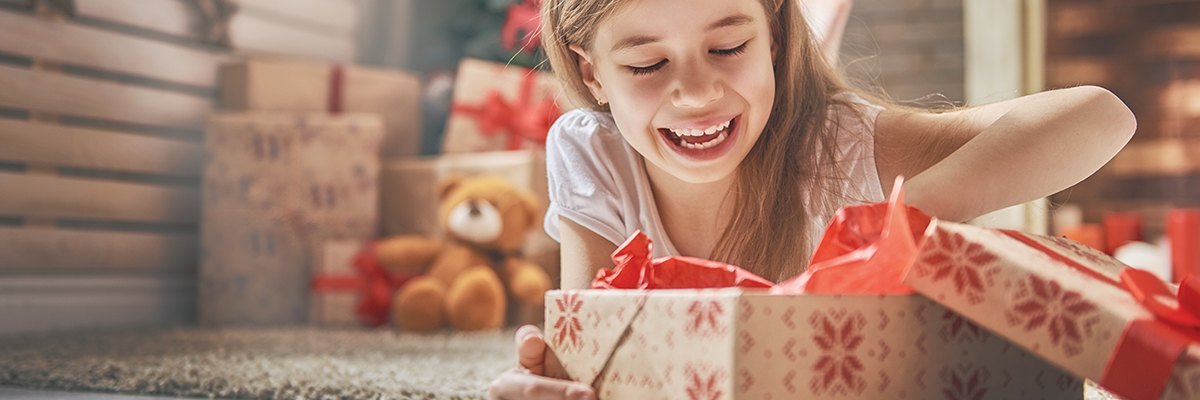
Article at a Glance
Christmas is coming and so are all the ads and hype for the latest toys. Kids start writing out wish lists and parents start budgeting. But once Christmas is over, many of the new toys are hardly even played with.
But there is a better way. Think back to last Christmas. You might have seen your child play more with the packaging than with the toys inside. We adults usually laugh at this behavior and throw the packaging away so we can focus our children on the important part of the present — the toy. But maybe our children know something we don’t.
Seen through the eyes of a child, boxes, random bits of cloth, and shiny paper are not junk. They are examples of open-ended toys: toys that can be played with in a variety of ways. Children (and adults too) need to play with open-ended toys in order to develop creativity.
Creativity is important even if you don’t care whether your child becomes the next Mozart. Creativity teaches problem-solving skills. It teaches adaptability. It can teach cooperation when open-ended toys are used in shared play. And creativity is fun!
Our shiny new toys aren’t all bad. However, most of them cost a lot and do very little to help grow your child’s creativity. If you’d like to give an open-ended toy this Christmas but need help brainstorming, here are some great open-ended toys.
Art Materials. Children can have year-round fun with construction paper, scissors, glitter glue, pencils, crayons, and modeling clay. Options in this category range from thrifty ($1.00 for a 24-pack of crayons) to pricey (name brand oil paints). There’s no need to go overboard. Some basic crayons, paper, and glue will make most kids happier than fancy pastels, art paper, and gesso.
Transportation. There is no need to buy your child a real car. Something minimal with wheels, like a bicycle, skateboard or wagon, will do just fine.
Games. Tangrams, puzzles, and word game books are great values. They don’t break the bank, but they do provide hours of fun. Unstructured story games are also a good idea.
Construction Toys. Legos — or if you want to go retro, Lincoln Logs and Tinker Toys — are a good pick. So are good old-fashioned blocks. The trick is to find a toy that encourages construction but doesn’t determine the process or the final product. For older children, a basic set of tools might be a nice gift.
Story-line Toys. Toys like basic dolls, trucks, and action figures encourage children to create their own stories about the world. In order to leave room for children to exercise some imagination, the toys should be basic. They shouldn’t come with too many stories of their own.
Exploratory Toys. These toys help children ask questions and get answers about the natural world. Paper airplanes are a great example. Books and simple musical instruments can also be good choices. You don’t need the latest Smithsonian dinosaur kit. Try to provide minimal toys that let children ask their own questions and help them find a way to the answers.
This Christmas, you can make your child — and your budget — happy by appealing to his or her innate creativity. Give a few relatively inexpensive open-ended toys and cut back on this season’s must-haves. Our modern purchases have their place. But doesn’t an imaginary mission to Mars sound like more fun than yet another talking Batman action figure?

The NCQA is a private, nonprofit organization dedicated to improving health care quality. Learn more.